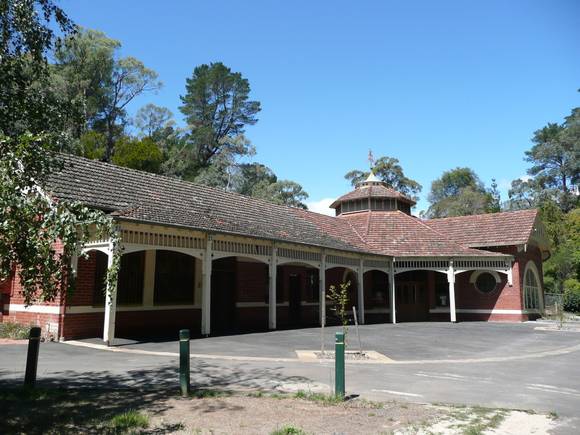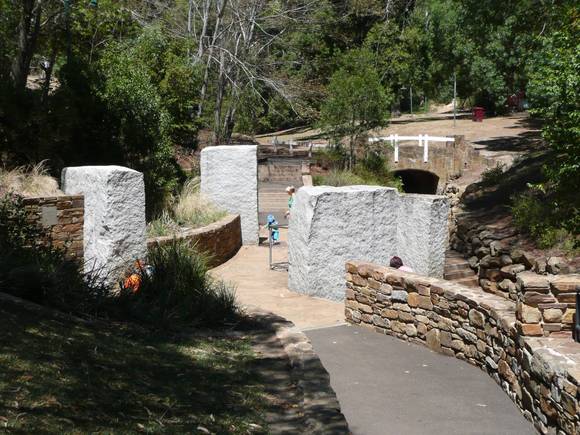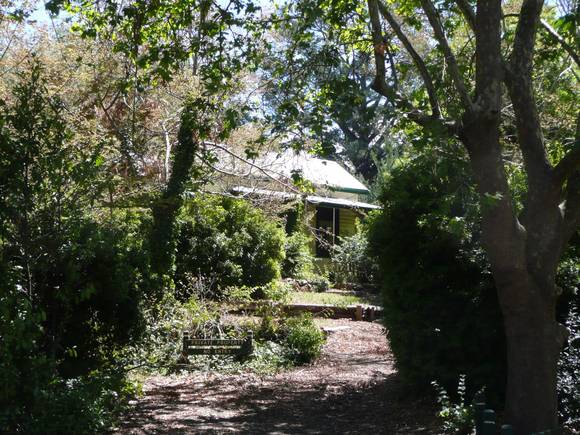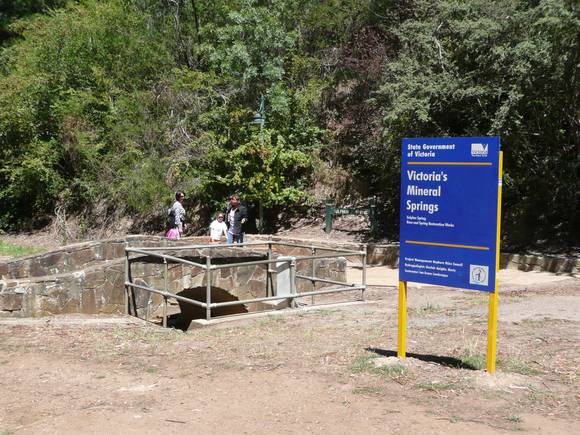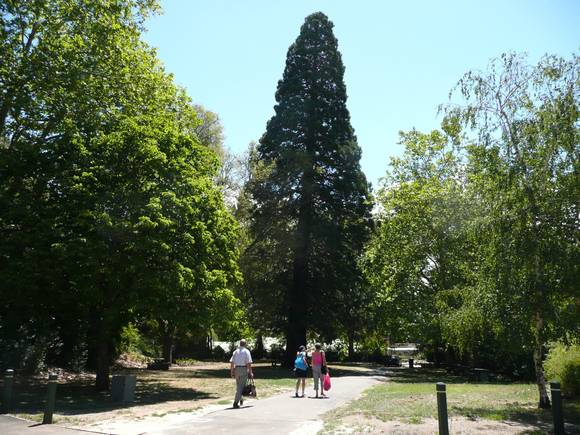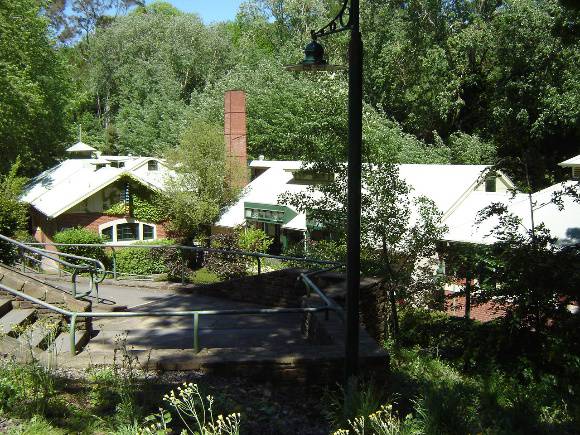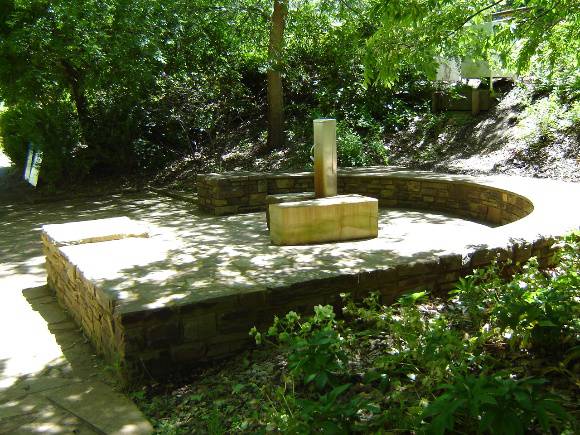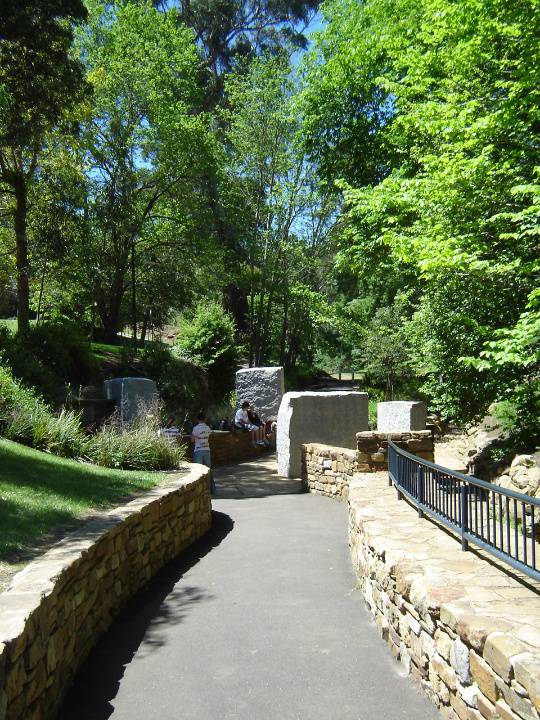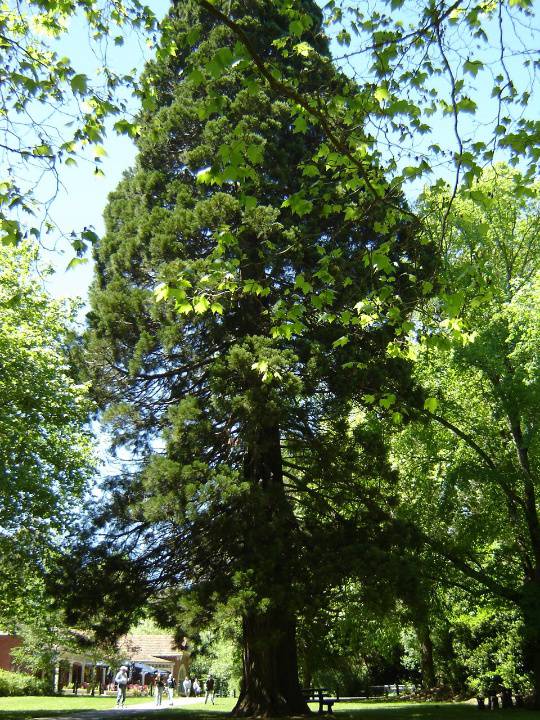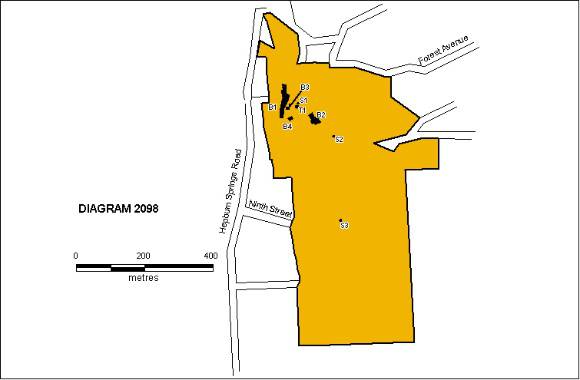| Back to search results » | Back to search page » |
|
HEPBURN MINERAL SPRINGS RESERVE
Statement of Significance
What is significant? The Hepburn Mineral Springs Reserve is approximately 30 hectares of public land adjacent to Hepburn Springs township that includes the Hepburn Mineral Springs bathhouse. The reserve, which contains a series of mineral springs that have been in continuous public use for drinking and bathing since the mid-19th century, are the best known of the large concentration of more than 100 mineral springs in Victoria's Central Highlands first systematically inventoried by the Geological Survey of Victoria in 1910 under Director of E.J. Dunn (1904 - 1912). A reserve of 0.5 hectares was first created on the site in 1868 to protect the springs from surrounding gold mining activities. The extent of the reserve was increased to its present size in the early 20th century as a result of local pressure for protection of the mineral springs local pressure and on the recommendation of Dunn that a network of Mineral Springs Reserves of standard size be established throughout Victoria. Although the local community, in particular the Swiss-Italian migrants, had regularly used the springs since at least the 1860s, it was the construction of the rail line to nearby Daylesford in 1880 that markedly increased the accessibility of the springs to tourists who came in increasing numbers to 'take the waters'. By the 1890s a bath house had been established at the springs offering a range of hydrotherapies, reflecting the popularity of health tourism in the late 19th and early 20th centuries. The popularity of the Springs continued through the first decades of the 20th century and into the inter-war years, but declined rapidly after the Second World War. In the 1980s resurgence in the popularity of the Hepburn Mineral Springs led to substantial renovation of the spa bath house. The Reserve continues to be a major Victorian tourist destination. The topography of the Reserve is dominated by a gully, through which Spring Creek runs and along which the Reserves' three main springs, the Soda, Locarno and Sulphur springs are located. The springs have been modified over time, with infrastructure in place from the early 20th century to permit water to be collected by efficient and sanitary means for use in the bath house and for drinking. The Locarno Spring, identified in 1914 and named in honour of the home of a prominent Swiss-Italian community member, is permanently set aside for public use. Members of the local Swiss community were also responsible for construction of the swimming pool on Spring Creek in the south of the reserve in the late 1920s (H1865). The landscape, once reflecting mining activities, is now a picturesque combination of regrowth native vegetation and exotic trees on the higher land while along the creek are cultivated parklands of lawn, exotic deciduous trees and conifers and ornamental plantings and paving, much of which is Castlemaine slate. Many of the exotic trees were planted by local communities in an effort to beautify the reserve, provide shade in summer and create a landscape reminiscent of European spa centres. The main lawn area or Picnic Park, is dominated by a single Sierra Redwood (Sequoiadendron giganteum) specimen planted in 1901 to commemorate Federation. Within the garden landscape along the creek are a number of buildings associated with the recreational use of the mineral springs since late 19th century including the only extant 19th century mineral springs bathhouse in Victoria. This brick building was erected in 1895 and extended in the 1920s with the addition of further baths and waiting room (1922) followed by a boiler house. This structure continued in use until the late 1980s when major renovations and additions were undertaken creating the Hepburn Springs bathhouse complex in which external fabric of the original bath house and 1920s extension was retained along with a brick chimney from the boiler house. To the south of the bath house a timber pavilion was erected in 1897 to provide shelter for visitors. This was replaced in 1908 by the extant Edwardian red brick hexagonal pavilion in which community dances and other social functions were held in the inter-war period and which continues to serve as a shelter for visitors. An adjoining kiosk, also in red brick was added on the north side of the pavilion in 1939. There are a number of other buildings in the Reserve including the caretakers cottage, a single storey weatherboard cottage probably dating to the early 20th century, and the Sound Shell, a small concrete block structure in the Picnic Park erected in 1971 by the Hepburn Springs Progress Association to provide an open air performance space. How is it significant? The Hepburn MineralSprings Reserve is of historic, social, aesthetic and scientific significance to the State of Victoria Why is it Significant? Hepburn Mineral Springs Reserve is of historical significance as an intact and authentic expression of 19th and early 20th century nature and health tourism in Victoria, made popular through the development of the country rail network and also reflected in the construction of the Mount Buffalo Chalet in 1910 (H0901) and development of the Buchan Caves Reserve in the first decades of the 20th century (H1978). The rapid rise in the popularity of the Hepburn Springs Mineral Reserve in the late 19th century was specifically related to the then popular belief in the recuperative and invigorating powers of 'taking the waters'. The Hepburn Mineral Springs Reserve is of historic significance as the best known and most popular of Victoria's mineral springs, in continuous use since at least the 1870s. Hepburn Springs is the only mineral spa development with a surviving 19th century bath house. Hepburn Mineral Springs Reserve is of scientific significance for the geological feature of the mineral springs themselves, each of which has a unique chemical composition, and for the Reserve's association with the establishment of the network of Mineral Reserves in Victoria in the early 20th century through the Geological Survey of Victoria and its Director E. J Dunn (1904 - 1912). The Hepburn Mineral Springs Reserve is of aesthetic significance as a constructed picturesque and evocative cultural landscape combining exotic, European, plantings with indigenous vegetation, exhibiting a high degree of authenticity especially in the largely intact pavilion and surviving fabric of the 19th century bath house set amid the garden landscape. Hepburn Springs Mineral Reserve is of social significance to the people of Victoria as a highly popular place of recreation and source of mineral water for public use. Hepburn Springs Mineral Reserve is of social significance for its association with European migrant communities in Victoria, in particular the Swiss-Italian community who recognised the therapeutic value of the springs in the 19th century, who continue to have a strong attachment to the place and who contribute to the conservation of the springs through community action.
Group
Recreation and Entertainment
Category
Picnic Ground/ Recreation reserve


